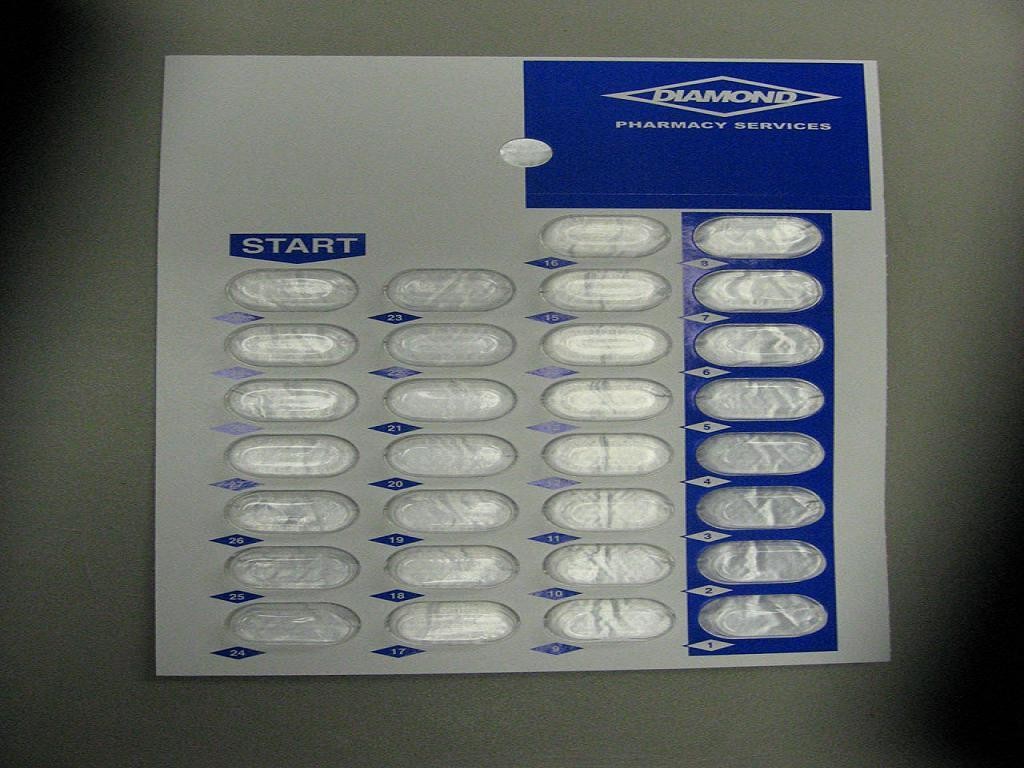Citalopram Hydrobromide
FULL PRESCRIBING INFORMATION: CONTENTS*
- BOXED WARNING
- CITALOPRAM HYDROBROMIDE DESCRIPTION
- CLINICAL PHARMACOLOGY
- INDICATIONS & USAGE
- CITALOPRAM HYDROBROMIDE CONTRAINDICATIONS
- WARNINGS
- PRECAUTIONS
- INFORMATION FOR PATIENTS
- LABORATORY TESTS
- DRUG INTERACTIONS
- CARCINOGENESIS & MUTAGENESIS & IMPAIRMENT OF FERTILITY
- PREGNANCY
- LABOR & DELIVERY
- NURSING MOTHERS
- PEDIATRIC USE
- GERIATRIC USE
- CITALOPRAM HYDROBROMIDE ADVERSE REACTIONS
- DRUG ABUSE AND DEPENDENCE
- OVERDOSAGE
- DOSAGE & ADMINISTRATION
- HOW SUPPLIED
- ANIMAL PHARMACOLOGY & OR TOXICOLOGY
- SPL MEDGUIDE
- PACKAGE LABEL.PRINCIPAL DISPLAY PANEL SECTION
FULL PRESCRIBING INFORMATION
BOXED WARNING
WARNINGS: Clinical Worsening and Suicide RiskPRECAUTIONS: Information for PatientsPRECAUTIONS: Pediatric Use
CITALOPRAM HYDROBROMIDE DESCRIPTION

CLINICAL PHARMACOLOGY
PharmacodynamicsPharmacokinetics
DOSAGE AND ADMINISTRATION
DOSAGE AND ADMINISTRATION
Drug InteractionsPRECAUTIONS
Clinical Efficacy Trials
INDICATIONS & USAGE
CLINICAL PHARMACOLOGY
CLINICAL PHARMACOLOGY
CITALOPRAM HYDROBROMIDE CONTRAINDICATIONS
WARNINGSPRECAUTIONS
WARNINGS
Clinical Worsening and Suicide RiskTABLE 1Age RangeDrug-Placebo Difference inNumber of Cases of Suicidalityper 1000 Patients Treated
PRECAUTIONSDOSAGE AND ADMINISTRATIONDiscontinuation of Treatment with Citalopram
Potential for Interaction with Monoamine Oxidase Inhibitors
Serotonin Syndrome or Neuroleptic Malignant Syndrome (NMS)-like Reactions
PRECAUTIONS
GeneralDOSAGE AND ADMINISTRATION
Geriatric Use
DOSAGE AND ADMINISTRATION
DOSAGE AND ADMINISTRATION
INFORMATION FOR PATIENTS
LABORATORY TESTS
DRUG INTERACTIONS
WARNINGS-Serotonin SyndromePRECAUTIONS - Drug InteractionsWARNINGS - Serotonin Syndrome
CONTRAINDICATIONSWARNINGS.
CARCINOGENESIS & MUTAGENESIS & IMPAIRMENT OF FERTILITY
PREGNANCY
Pregnancy-Nonteratogenic Effects
WARNINGS
DOSAGE AND ADMINISTRATION
LABOR & DELIVERY
NURSING MOTHERS
Nursing Mothers
PEDIATRIC USE
BOX WARNINGWARNINGSClinical Worsening and Suicide RiskGERIATRIC USE
DOSAGE AND ADMINISTRATIONPRECAUTIONS, Hyponatremia
CLINICAL PHARMACOLOGY
DOSAGE AND ADMINISTRATION
CITALOPRAM HYDROBROMIDE ADVERSE REACTIONS
Adverse Findings Observed in Short-Term, Placebo-Controlled Trials
(Percentage of Patients Discontinuing Due to Adverse Event)CitalopramPlacebo(N=1063)(N=446)Body System/Adverse EventGeneralAsthenia1%<1%Gastrointestinal DisordersCentral and PeripheralNervous System DisordersPsychiatric Disorders
TABLE 3
(Percentage of Patients Reporting Event)Body System/Adverse EventCitalopram HBrPlacebo(N=1063)(N=446)Autonomic Nervous SystemDisordersCentral & Peripheral NervousSystem DisordersGastrointestinal DisordersGeneralMusculoskeletal SystemPsychiatric DisordersRespiratory System DisordersUrogenital
TreatmentCitalopramPlacebo
Other Events Observed During the Premarketing Evaluation of Citalopram HBr
Other Events Observed During the Postmarketing Evaluation of Citalopram HBr
DRUG ABUSE AND DEPENDENCE
Controlled Substance ClassPhysical and Psychological Dependence
OVERDOSAGE
Human ExperienceManagement of Overdose
DOSAGE & ADMINISTRATION
Initial TreatmentSpecial Populations
Treatment of Pregnant Women During the Third Trimester
PRECAUTIONS
Maintenance Treatment
Clinical TrialsCLINICAL PHARMACOLOGY
Discontinuation of Treatment with Citalopram
PRECAUTIONS
Switching Patients To or From a Monoamine Oxidase Inhibitor
CONTRAINDICATIONSWARNINGS
HOW SUPPLIED
ANIMAL PHARMACOLOGY & OR TOXICOLOGY
Retinal Changes in RatsCardiovascular Changes in Dogs
SPL MEDGUIDE
-
● all risks and benefits of treatment with antidepressant medicines
-
● all treatment choices for depression or other serious mental illness
-
● What is the most important information I should know about antidepressant medicines, depression and other serious mental illnesses, and suicidal thoughts or actions?
-
● Call the healthcare provider right away to report new or sudden changes in mood, behavior, thoughts, or feelings.
-
● Keep all follow-up visits with the healthcare provider as scheduled. Call the healthcare provider between visits as needed, especially if you have concerns about symptoms.
-
● Call a healthcare provider right away if you or your family member has any of the following symptoms, especially if they are new, worse, or worry you:
-
● attempts to commit suicide
-
● new or worse depression
-
● new or worse anxiety
-
● feeling very agitated or restless
-
● panic attacks
-
● trouble sleeping (insomnia)
-
● new or worse irritability
-
● acting aggressive, being angry, or violent
-
● acting on dangerous impulses
-
● an extreme increase in activity and talking (mania)
-
● other unusual changes in behavior or mood
-
● What else do I need to know about antidepressant medicines?
-
● Antidepressants are medicines used to treat depression and other illnesses. It is important to discuss all the risks of treating depression and also the risks of not treating it. Patients and their families or other caregivers should discuss all treatment choices with the healthcare provider, not just the use of antidepressants.
-
● Antidepressant medicines have other side effects. Talk to the healthcare provider about the side effects of the medicine prescribed for you or your family member.
-
● Antidepressant medicines can interact with other medicines. Know all of the medicines that you or your family member takes. Keep a list of all medicines to show the healthcare provider. Do not start new medicines without first checking with your healthcare provider.
-
● Not all antidepressant medicines prescribed for children are FDA approved for use in children. Talk to your child's healthcare provider for more information.
-
● This Medication Guide has been approved by the U.S. Food and Drug Administration for all antidepressants.
PACKAGE LABEL.PRINCIPAL DISPLAY PANEL SECTION


Citalopram HydrobromideCitalopram Hydrobromide TABLET
| ||||||||||||||||||||||||||||||||||||||||||||||||||||||||||||||||||||||||||||||||||||
PLEASE, BE CAREFUL!
Be sure to consult your doctor before taking any medication!